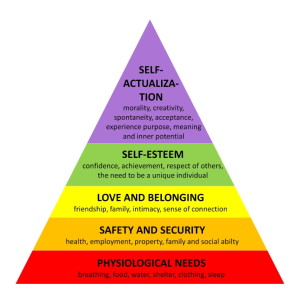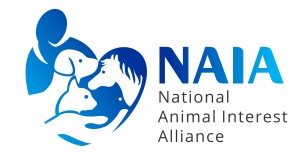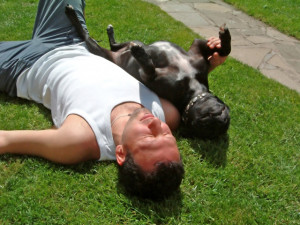In an opinion piece a few days ago, one of our favorite people, Ken Ramirez,* had some strong words for the importance of training pets:
“Saying you do not have time for teaching, is like saying you do not have time to feed an animal. One part of the cornerstone for humane and ethical care for animals falters if you do not include teaching.”
Reading into Ramirez’s quote, one could infer that a person is starving their pet by not training them. Does this sound severe to you? Perhaps, but when it comes to a pet’s mental and emotional well-being, by denying them knowledge and tools they can use to function properly with their human owners, it inevitably lowers their quality of life and weakens their bond with us. Of course a pet cannot live without air, food, water, and shelter, while they may survive to old age without any training, but who wants their pets to simply survive?
 An oddly familiar triangle.
An oddly familiar triangle.
Take failure to housebreak as one of the most basic of basic examples: it creates more work and health hazards in the home, while fostering resentment from the owner (even though housebreaking is their responsibility), and possible confusion and anxiety from the dog who senses the owner’s frustration.
Would quality of life be higher and the human-animal bond stronger if a routine were in place, and the pet understood the very simple concept of where not to go? Of course it would, and this is but one of the lowest benchmarks in a pet’s training: just consider how many more aspects of our lives are improved by training, by teaching our pets how to properly navigate and cooperate in the homes we share with them?
There are countless news pieces out there telling us the billions of dollars Americans spend on their pets’ food, toys, beds, even spas and masseuses, and it is great that people care so much! What is harder to track is how much pet owners invest in training. If you are reading this, you are probably an “animal person,” understand its importance, and consider it a high priority — but for pet owners as a whole, what do you think the average investment in time, effort, and dollars is?
No, this is not a trick question.
* NAIA Conference attendees may remember him from his informative and spirited presentation in Denver a few years ago.
 Pet Care
Pet Care  No Comments
No Comments 






